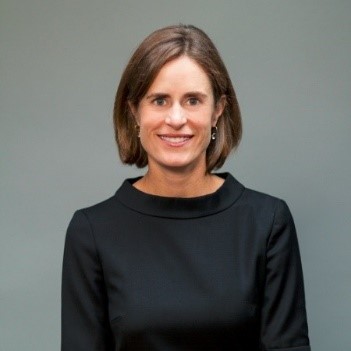
The State of ESG and Responsible Investing
Read Time: 0 Minutes
Over the last few years, there’s been increasing talk about how investors can align their values with their investment strategies. ESG investing incorporates an evaluation of the environmental, social, and governance practices of an investment into traditional financial analysis. ESG investing enables investors to feel good about the stocks they own while generating competitive returns.
GLG talked to Erin Robert, Executive Director, Head of Impact Finance at JPMorgan Chase & Co., to get her view of the current and future state of ESG.
GLG: What significant trends or shifts in sustainable investing have you seen recently?
Erin: In the last 18 months, we’ve seen a significant increase in interest from mainstream investors in ESG. Assets Under Management allocated to ESG are growing at a faster rate than traditional assets under management. This puts us close to a tipping point.
As different financial products have evolved, it seems to have made it a bit easier for folks who are new to the ESG space to deploy capital in a way that is more consistent with their traditional investing methods. We’re seeing the evolution of green or other ESG debt instruments, like green bonds or sustainability loans, that look quite similar to products investors are accustomed to buying. For many, this is the easiest way to start in the ESG space.
GLG: It’s been said that sustainable or responsible investing doesn’t deliver financial returns that are as strong as those from traditional investment strategies. What are your thoughts on this?
Erin: I am happy to do some myth-busting on this front. I think there’s a tendency to brand what early on were intentionally concessionary investment strategies with the ESG investing moniker. These are two very different things.
In the philanthropic space, there’s been a shift to diversify products away from traditional grants. We’re now looking at instruments that fall somewhere in between a grant and a traditional financial product. Here, an investor is intentionally trading off some return for impact. This is a very different strategy than what the broader ESG investing marketplace is employing.
This is an evolution. Companies that have good governance, that care about their employees and diversity in their staff, that ensure they have a multitude of voices at the table, that control their impact on the environment, will outperform those that don’t focus on these issues.
Consequently, traditional investors are starting to pay attention to these trends. And with good reason. Our equity quantitative research folks found that companies with high ESG ratings will generate alpha. This tells us that the space is moving in the right direction.
GLG: Europe is making a big push with regard to sustainable investment. What’s happening in the U.S.?
Erin: Europe is certainly leading the charge from a regulatory standpoint. The European commission’s high-level expert group has been working to create a sustainable taxonomy, for example, among a number of other initiatives.
That said, you don’t necessarily need just the policy push. European investors are also a little bit ahead of U.S.-based ESG investors. But, the potential to outperform is all many investors need to start. They want to get smart on these topics. The bigger trend here is existential. It is a fundamental shift in how investors look at their capital as a force for good. Plus, investors are trending younger, more women have entered the space, and we’re seeing much more attention directed to these issues as a result.
GLG: When will “responsible investing” become just “investing”?
Erin: ESG integration is already part and parcel of the work many investors do on portfolio management day in and day out. And I think that’s true, particularly on the governance side. But just to harken back to something I said earlier, they’re starting to consider other, new variables, like board diversification, ensuring that there is representation of women on boards, equal employee pay, and acknowledging that shareholder primacy is not the end-all and be all.
There are many different stakeholder groups to satisfy in order to have a successful company. This is what investors are trying to capture as they start integrating different ESG variables into their portfolio management. And so, my hope is that over time, ESG goes away as a separate concept and it’s just investing.
订阅 GLG 洞见趋势月度专栏
输入您的电子邮件,接收我们的月度通讯,获取来自全球约 100 万名 GLG 专家团成员的专业洞见。

